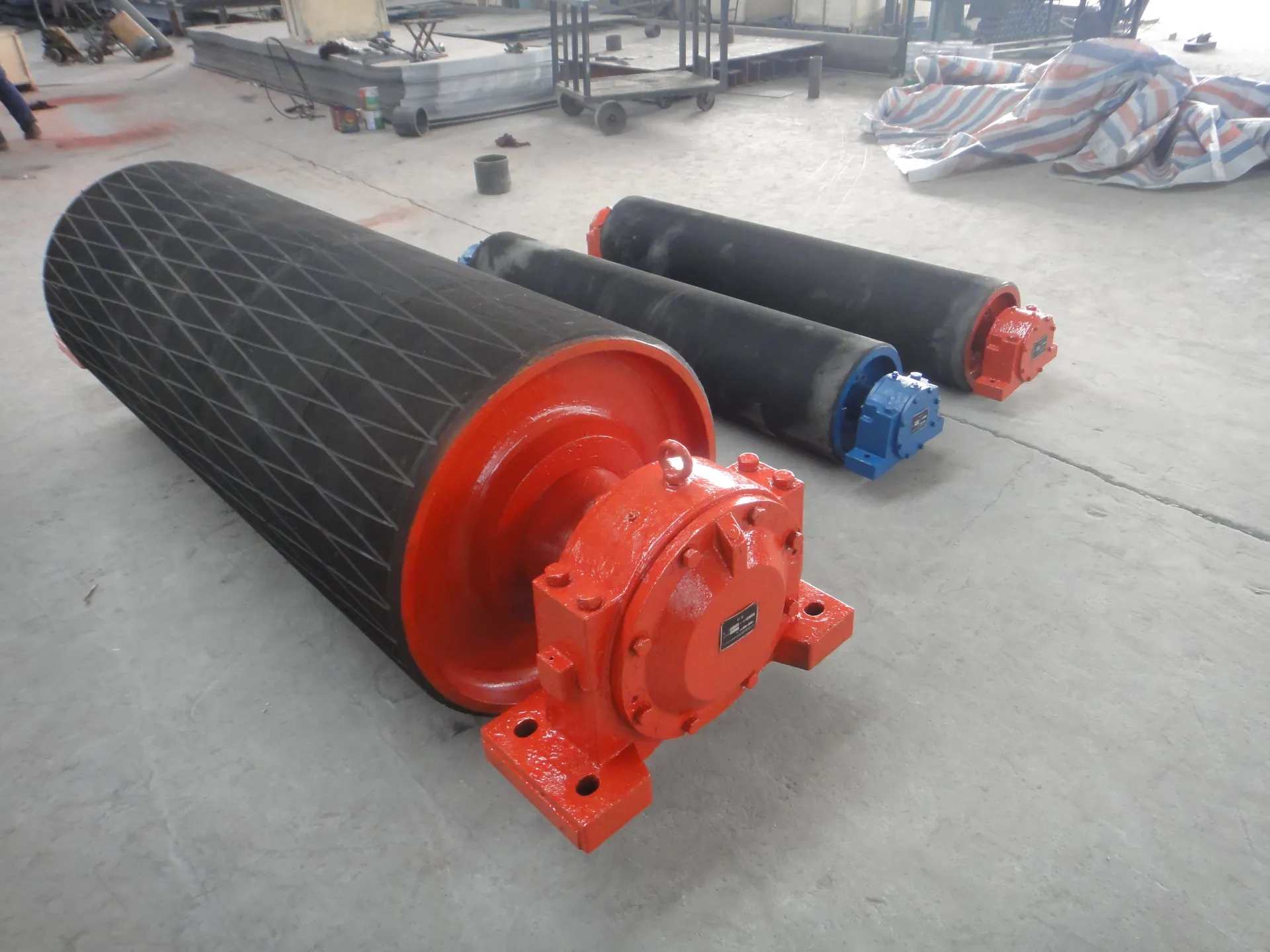 Afrikaans
Afrikaans  Albanian
Albanian  Amharic
Amharic  Arabic
Arabic  Armenian
Armenian  Azerbaijani
Azerbaijani  Basque
Basque  Belarusian
Belarusian  Bengali
Bengali  Bosnian
Bosnian  Bulgarian
Bulgarian  Catalan
Catalan  Cebuano
Cebuano  Corsican
Corsican  Croatian
Croatian  Czech
Czech  Danish
Danish  Dutch
Dutch  English
English  Esperanto
Esperanto  Estonian
Estonian  Finnish
Finnish  French
French  Frisian
Frisian  Galician
Galician  Georgian
Georgian  German
German  Greek
Greek  Gujarati
Gujarati  Haitian Creole
Haitian Creole  hausa
hausa  hawaiian
hawaiian  Hebrew
Hebrew  Hindi
Hindi  Miao
Miao  Hungarian
Hungarian  Icelandic
Icelandic  igbo
igbo  Indonesian
Indonesian  irish
irish  Italian
Italian  Japanese
Japanese  Javanese
Javanese  Kannada
Kannada  kazakh
kazakh  Khmer
Khmer  Rwandese
Rwandese  Korean
Korean  Kurdish
Kurdish  Kyrgyz
Kyrgyz  Lao
Lao  Latin
Latin  Latvian
Latvian  Lithuanian
Lithuanian  Luxembourgish
Luxembourgish  Macedonian
Macedonian  Malgashi
Malgashi  Malay
Malay  Malayalam
Malayalam  Maltese
Maltese  Maori
Maori  Marathi
Marathi  Mongolian
Mongolian  Myanmar
Myanmar  Nepali
Nepali  Norwegian
Norwegian  Norwegian
Norwegian  Occitan
Occitan  Pashto
Pashto  Persian
Persian  Polish
Polish  Portuguese
Portuguese  Punjabi
Punjabi  Romanian
Romanian  Russian
Russian  Samoan
Samoan  Scottish Gaelic
Scottish Gaelic  Serbian
Serbian  Sesotho
Sesotho  Shona
Shona  Sindhi
Sindhi  Sinhala
Sinhala  Slovak
Slovak  Slovenian
Slovenian  Somali
Somali  Spanish
Spanish  Sundanese
Sundanese  Swahili
Swahili  Swedish
Swedish  Tagalog
Tagalog  Tajik
Tajik  Tamil
Tamil  Tatar
Tatar  Telugu
Telugu  Thai
Thai  Turkish
Turkish  Turkmen
Turkmen  Ukrainian
Ukrainian  Urdu
Urdu  Uighur
Uighur  Uzbek
Uzbek  Vietnamese
Vietnamese  Welsh
Welsh  Bantu
Bantu  Yiddish
Yiddish  Yoruba
Yoruba  Zulu
Zulu types of pulleys in belt conveyor
Types of Pulleys in Belt Conveyors
Belt conveyors are essential components in various industries, facilitating the efficient movement of materials from one point to another. A critical aspect of any belt conveyor system is the pulley, which plays a vital role in the operation and effectiveness of the conveyor. Understanding the different types of pulleys used in belt conveyors is crucial for designing a reliable and efficient conveying system.
1. Drive Pulley
The drive pulley is the primary component that provides the necessary power to move the conveyor belt. Often located at the head or discharge end of the conveyor, the drive pulley is connected to a motor that drives it. The design of the drive pulley can vary based on the application; commonly, it is smooth and has a larger diameter to facilitate better traction and reduce slippage. This type of pulley is often equipped with a lagged surface to enhance friction between the pulley and the belt, ensuring effective transmission of power.
2. Idler Pulley
Idler pulleys are used along the length of the conveyor belt to support and guide the belt. These pulleys do not provide power but are essential for maintaining belt tension and alignment. Idler pulleys can be categorized into several types based on their design and function
- Return Idler This type of idler is located on the return side of the belt and helps in supporting the belt as it returns to the drive pulley. - Impact Idler Found at loading points, the impact idler absorbs the shock of heavy loads and protects the belt from damage. - Training Idler These pulleys are crucial for keeping the belt centered and aligned during operation, preventing it from drifting.
3. Tail Pulley
The tail pulley is located at the opposite end of the drive pulley, typically at the loading or feeding point. Its main function is to allow the conveyor belt to return to the drive pulley while maintaining the necessary tension in the system. Similar to the drive pulley, it can also have a smooth or lagged surface depending on the design requirements. The tail pulley plays a crucial role in preventing belt sagging and ensuring the stability of the entire system.
types of pulleys in belt conveyor

4. Snub Pulley
A snub pulley is an additional pulley that increases the angle of wrap around the drive pulley. This is particularly useful in applications where increased traction is needed to prevent slippage of the belt. By enhancing the grip between the belt and the drive pulley, the snub pulley contributes to improved efficiency and performance of the belt conveyor system.
5. Take-Up Pulley
Take-up pulleys are crucial for maintaining the tension in the conveyor belt. In a belt conveyor system, the belt may stretch over time due to various factors such as heavy loads or wear and tear. The take-up pulley compensates for this stretching by allowing for adjustments in belt length. This pulley is often located at one end of the conveyor and can be adjusted manually or automatically to keep the belt taut.
6. Self-Cleaning Pulley
Self-cleaning pulleys are specifically designed to reduce the accumulation of material on the pulley surface, which can cause slippage and reduce the efficiency of the conveyor system. These pulleys incorporate innovative designs or features that help to shed debris and prevent material buildup, ensuring a smoother operation.
Conclusion
Understanding the various types of pulleys used in belt conveyors is crucial for selecting the right components for specific applications. Each pulley type serves its unique purpose, contributing to the overall efficiency and effectiveness of the conveyor system. By properly integrating these pulleys into the design and maintenance of belt conveyors, industries can achieve optimal material handling and operational efficiency. Proper selection, installation, and maintenance of these pulleys can lead to reduced downtime, enhanced performance, and longevity of the belt conveyor system, ultimately contributing to increased productivity and cost savings in various industrial applications.
-
Revolutionizing Conveyor Reliability with Advanced Rubber Lagging PulleysNewsJul.22,2025
-
Powering Precision and Durability with Expert Manufacturers of Conveyor ComponentsNewsJul.22,2025
-
Optimizing Conveyor Systems with Advanced Conveyor AccessoriesNewsJul.22,2025
-
Maximize Conveyor Efficiency with Quality Conveyor Idler PulleysNewsJul.22,2025
-
Future-Proof Your Conveyor System with High-Performance Polyurethane RollerNewsJul.22,2025
-
Driving Efficiency Forward with Quality Idlers and RollersNewsJul.22,2025





























